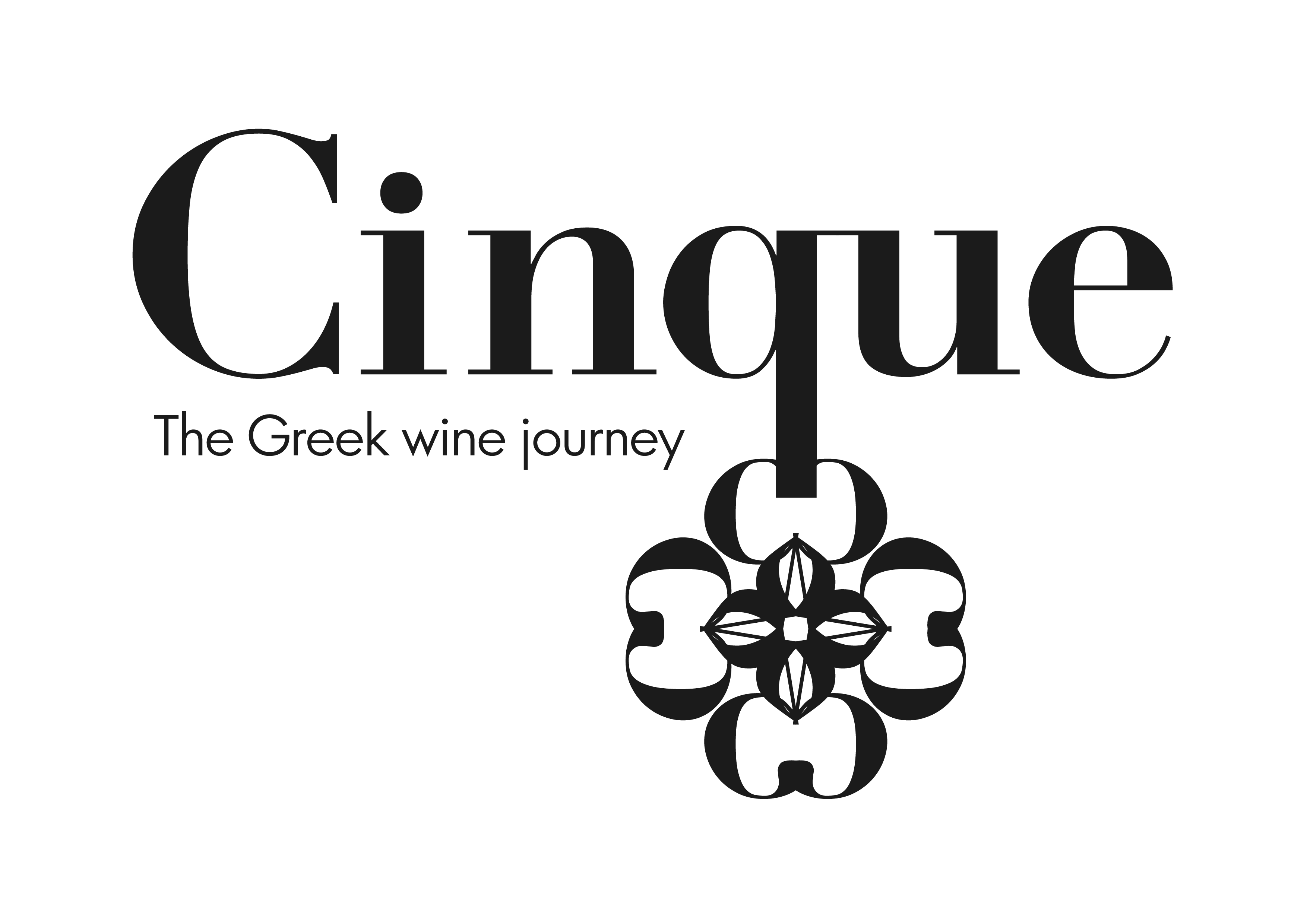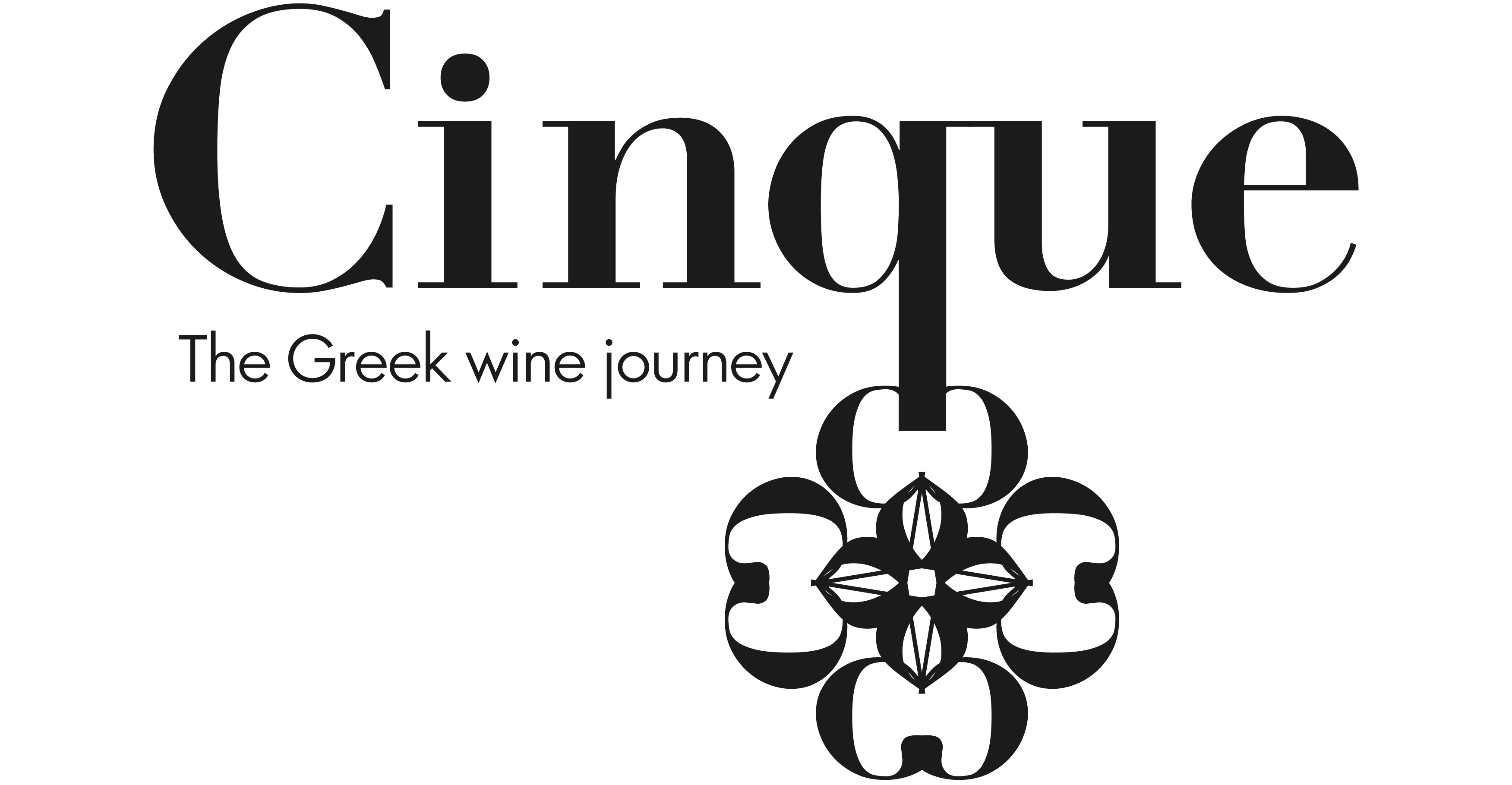But in several regions of Greece, the roasting of the lamb takes place on the second day of Easter, such as in Corfu and some cities of Epirus. In Corfu, on Holy Saturday, after the first Resurrection, the residents throw huge jugs full of water, the botedes, from their balconies! A sight that always excites the crowd.
In other islands of Greece, such as Patmos, on Maundy Thursday, they attend the Ceremony of the Niptiros in Xanthou Square, where the Abbot of the Monastery symbolically sprinkles the feet of the monks – a representation of the movement of Jesus washing the feet of his disciples at the Last Supper.
On the other hand, in Chios, the “rocket war” (known as Roukeropolemos) that takes place in the village of Vrontado on Holy Saturday has been widely known since the years of the Turkish occupation. The settlement transformed into something strongly reminiscent of a battlefield.

